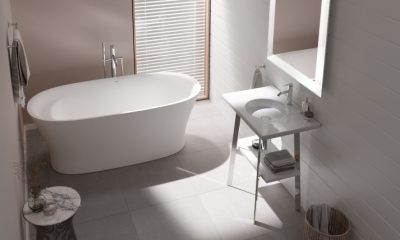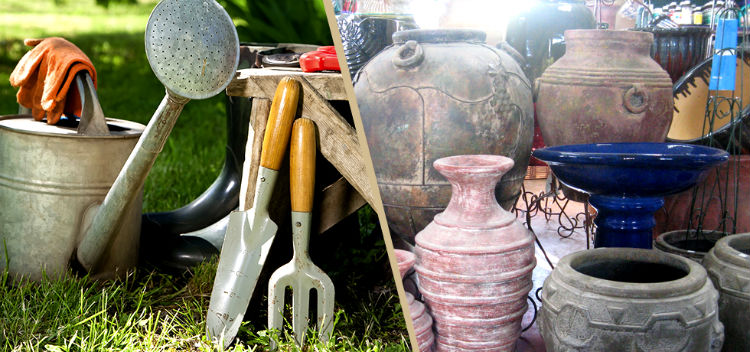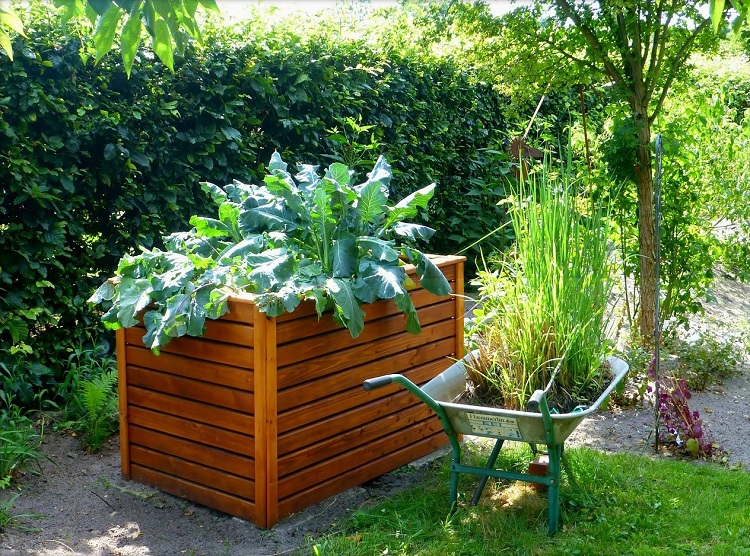There are so many reasons why you should grow your very own edible garden right here in your home. Yes, flowers are fine, they look nice, they smell nice, but I really don’t think they taste nice and I sure as hell am not going to eat them just to make sure. So, why not consider growing your own vegetables. They will have almost the same impact on your outdoor space in terms of aesthetics, but with getting your hands on some organic heirloom seeds, you will have the benefit of literally tasting the fruits of your labor. And boy do they taste good. Nothing like the plastic taste of common supermarket fruits and vegetables. Overall, by growing your own veggies, you will save some money, contribute to preserving the environment, beautify your backyard or balcony, learn to be more self-sufficient, and enjoy that old-school taste that you remember from your grandmother’s veggie garden.
However, most people think that edible gardens are way too complicated, when in fact, this couldn’t be further from the truth. You really don’t have to be a druid in order to grow your own vegetables. To get a general idea of how simple it actually is, here are a few basic steps you need to take in order to get your edible garden started.
-
First of all you will need to choose a suitable site. Though you may feel tempted to start big if you have a lot of space available, have in mind that if you are a newbie, you may find yourself to be overwhelmed since edible gardens require a fair amount of attention. My advice is to start small and expand slowly over time. Also, some plants require more space to expand and thrive, so don’t forget to do your homework on spacing information before you get started. Very often you can find that sort of info on the seed packets themselves.
-
Sunlight is essential for the development of every plant and edibles are no exception. To get the best crops most edible plants require from six to eight hours of sunlight on a daily basis. So, make sure that nothing is blocking the sunlight from reaching your garden.
-
Soil is, of course, one of the key factors. You have three options to choose from: using the ground you have, plant in raised garden beds, or you can plant in containers. Adding organic compost is the easiest way to improve the quality of your soil. For containers, it is best to create a mix of compost, wood chips, and some sand to prevent compaction and provide drainage. Also make sure the container has drain holes at the bottom. For garden beds, on the other hand, besides enriching the soil with organic matter, you will also need to put some muscle into it and turn over the existing soil and break up the clumps so that your plants can thrive.
If you don’t have any space to spare at home, you might want to consider community gardens which are a growing trend in over the past decade and this way you can hang out with friends and neighbors, help each other out and share knowledge and experience.














You must be logged in to post a comment Login